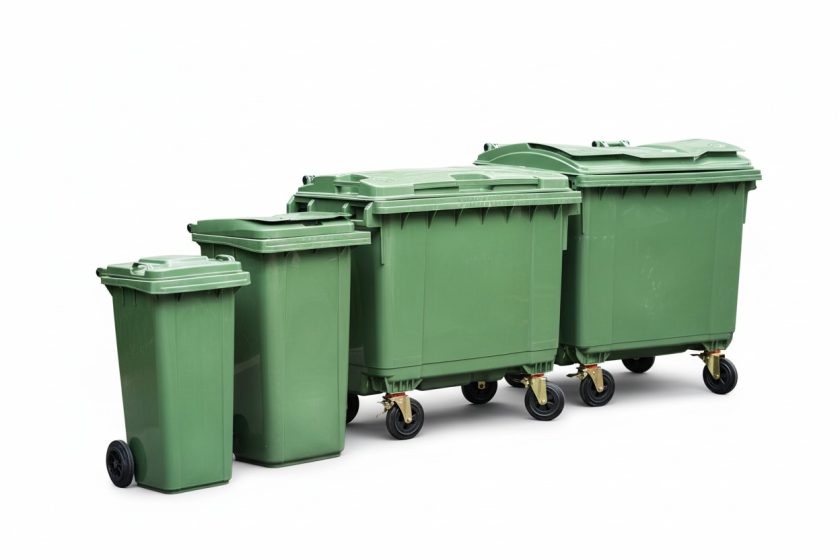Wheelie bins, also known as wheel bins or wheeled waste containers, are essential for efficient waste management in homes, businesses, and public spaces. These durable, mobile bins make it easy to handle garbage, recycling, and organic waste while keeping areas clean and organized. With increasing focus on sustainability and waste reduction, selecting the right wheelie bin size can significantly impact your daily routine or operations. In this comprehensive guide, we’ll explore popular models like the 120L, 240L, 660L, and 1100L, as well as less common options such as the 80L, 100L, and 360L. Whether you’re a homeowner upgrading your curbside setup or a business owner optimizing commercial waste disposal, this article covers everything you need to know.
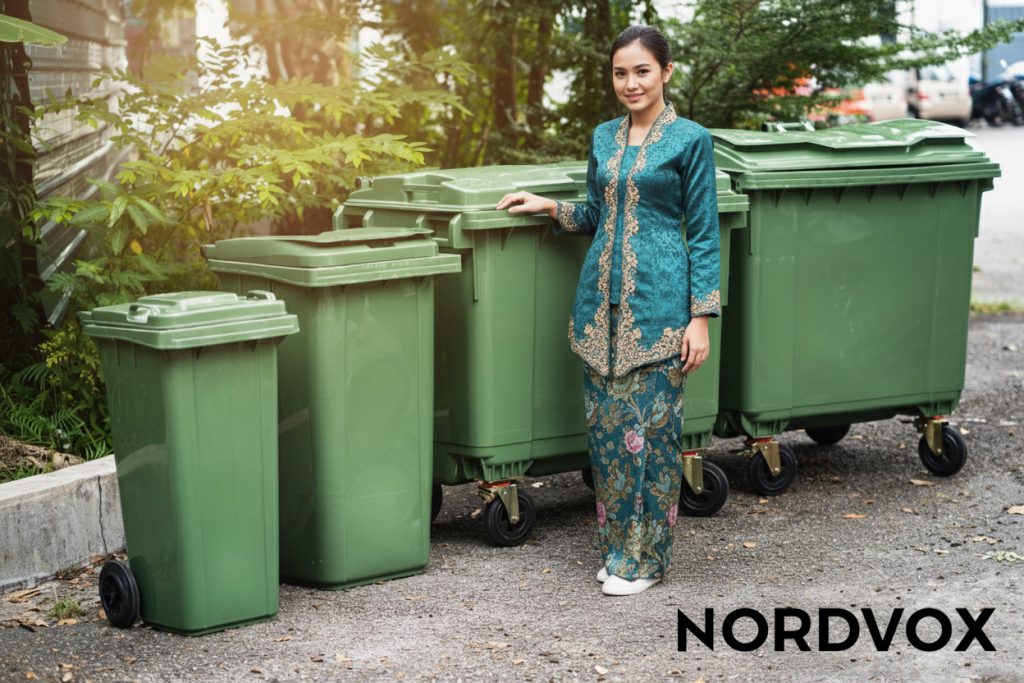
What Are Wheelie Bins and Why Do They Matter?
Wheelie bins are plastic or metal containers equipped with wheels for easy mobility, typically featuring a hinged lid to contain odors and prevent pests. They come in various sizes to suit different waste volumes and are designed to withstand outdoor conditions, including UV exposure and heavy loads. According to waste management experts, standard wheelie bins are built to EN 840 standards for safety and compatibility with collection vehicles.
The importance of wheelie bins extends beyond convenience—they promote better recycling habits, reduce litter, and support environmental goals. In 2025, with global emphasis on circular economies, choosing the appropriate bin size helps minimize overflow and encourages proper sorting of recyclables, food waste, and general rubbish.
Benefits of Using Wheelie Bins
- Mobility and Ease of Use: Wheels allow effortless transport, even when full, reducing strain on users.
- Durability: Made from high-density polyethylene (HDPE), they resist cracks, fading, and weather damage.
- Hygiene: Sealed lids keep contents secure from animals and insects, while some models include pedal-operated lids for hands-free use.
- Versatility: Available in colors for waste segregation (e.g., green for garden waste, blue for recycling).
- Cost-Effective: Long-lasting designs mean fewer replacements, and larger models can reduce collection frequency for businesses.
Popular Wheelie Bin Models
These are the most commonly used sizes, ideal for residential and commercial applications. They’re widely available and often standard for council collections.
120L Wheelie Bin
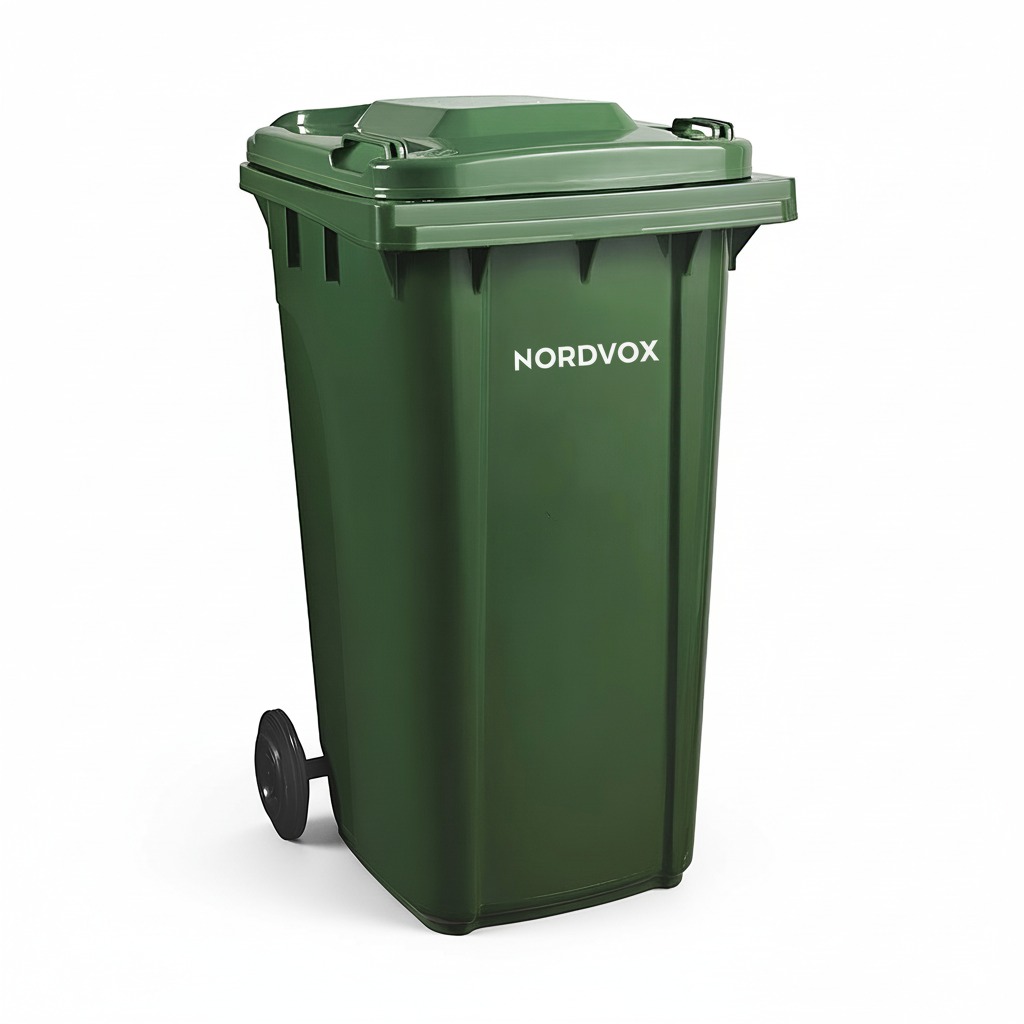
The 120L model is a compact choice perfect for small households, apartments, or limited spaces. It holds about 2-3 standard bin bags and is commonly used for weekly household waste collections. Dimensions typically measure around 940mm height x 460mm width x 550mm depth, making it easy to store in garages or sheds. This size is great for 1-2 person homes, offering enough capacity without taking up too much room. Available in various colors for recycling purposes with custom stickers and printing.
240L Wheelie Bin
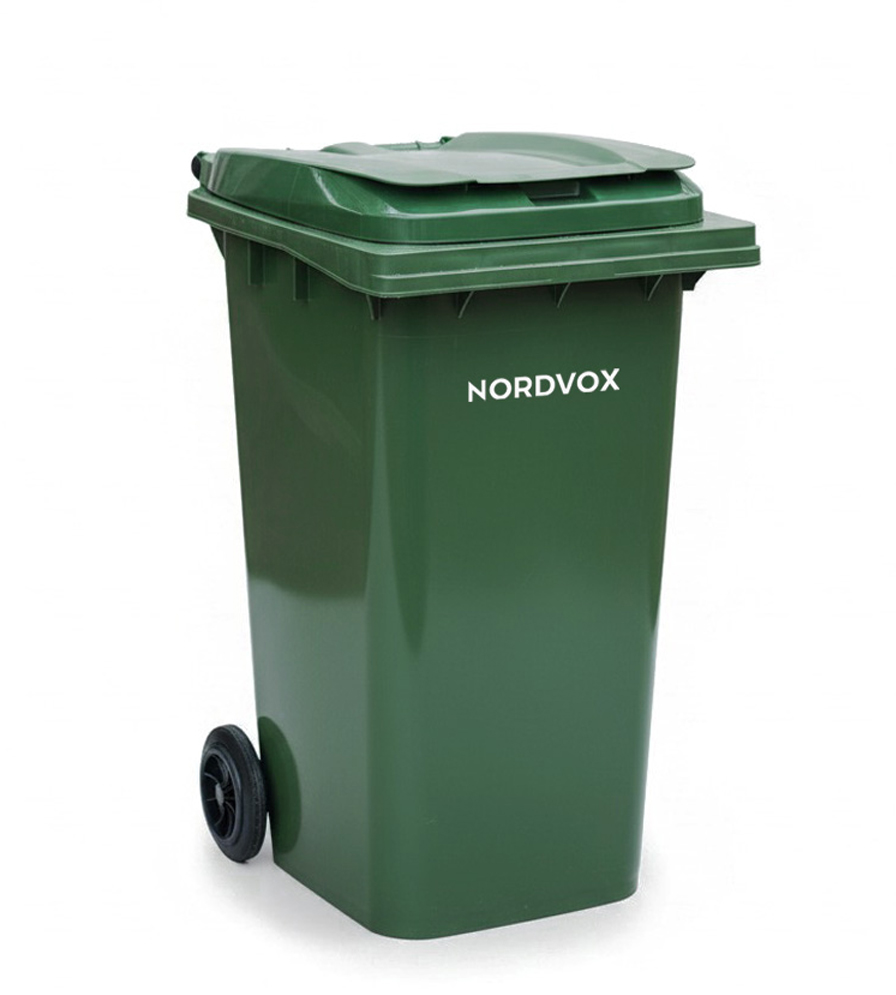
As the standard size for many councils, the 240L wheelie bin is versatile for family homes or small businesses. It accommodates 4-5 full bags of waste, with dimensions averaging 1070mm height x 580mm width x 740mm depth. Ideal for general waste, dry recycling, or food scraps, this model suits 3-5 person households or small offices generating moderate waste. Its two-wheel design ensures stability, and optional lockable lids add security. Available in various colors for recycling purposes with custom stickers and printing.
660L Wheelie Bin
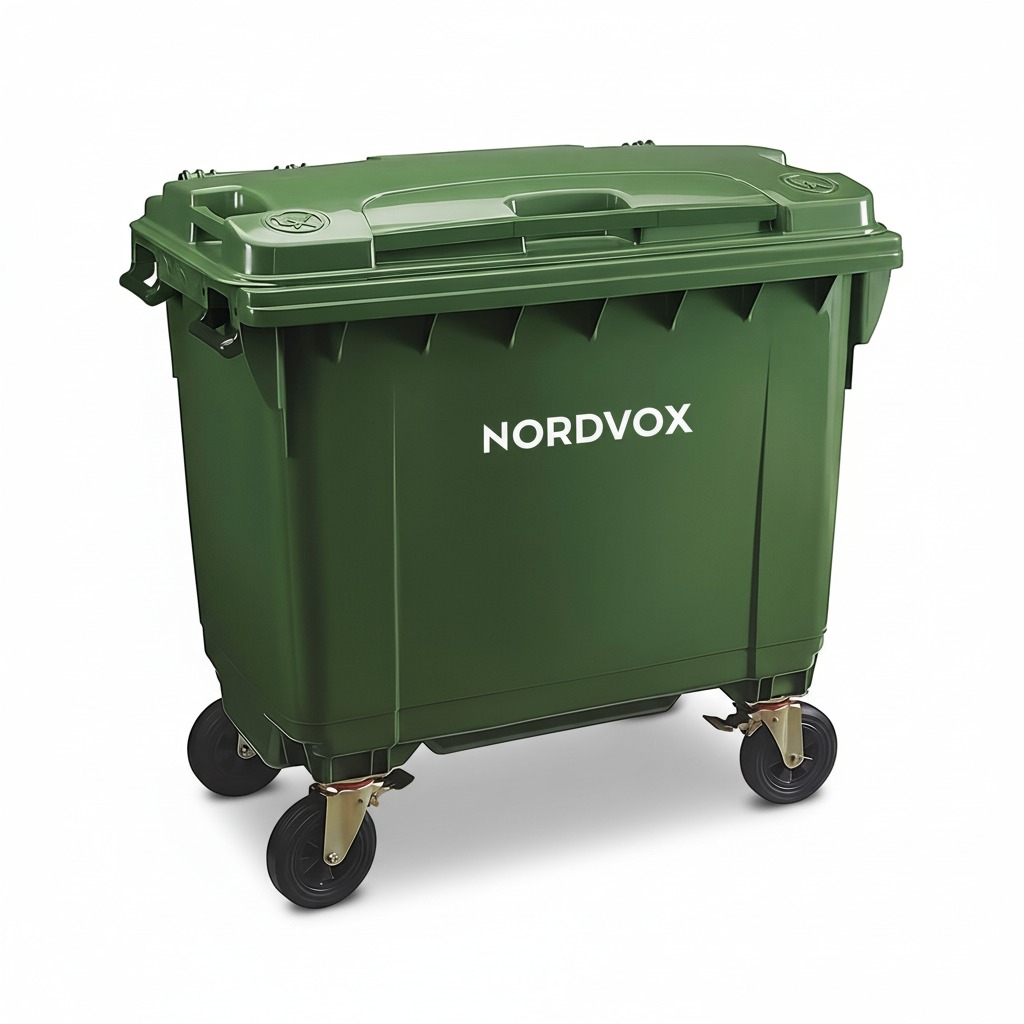
Stepping up to commercial needs, the 660L bin is a four-wheeled powerhouse for medium-volume waste. It holds 10-12 bags, with dimensions of approximately 1300mm height x 1260mm width x 720mm depth. Commonly used in small shops, hotels, or offices, it accepts general waste and recycling.
1100L Wheelie Bin
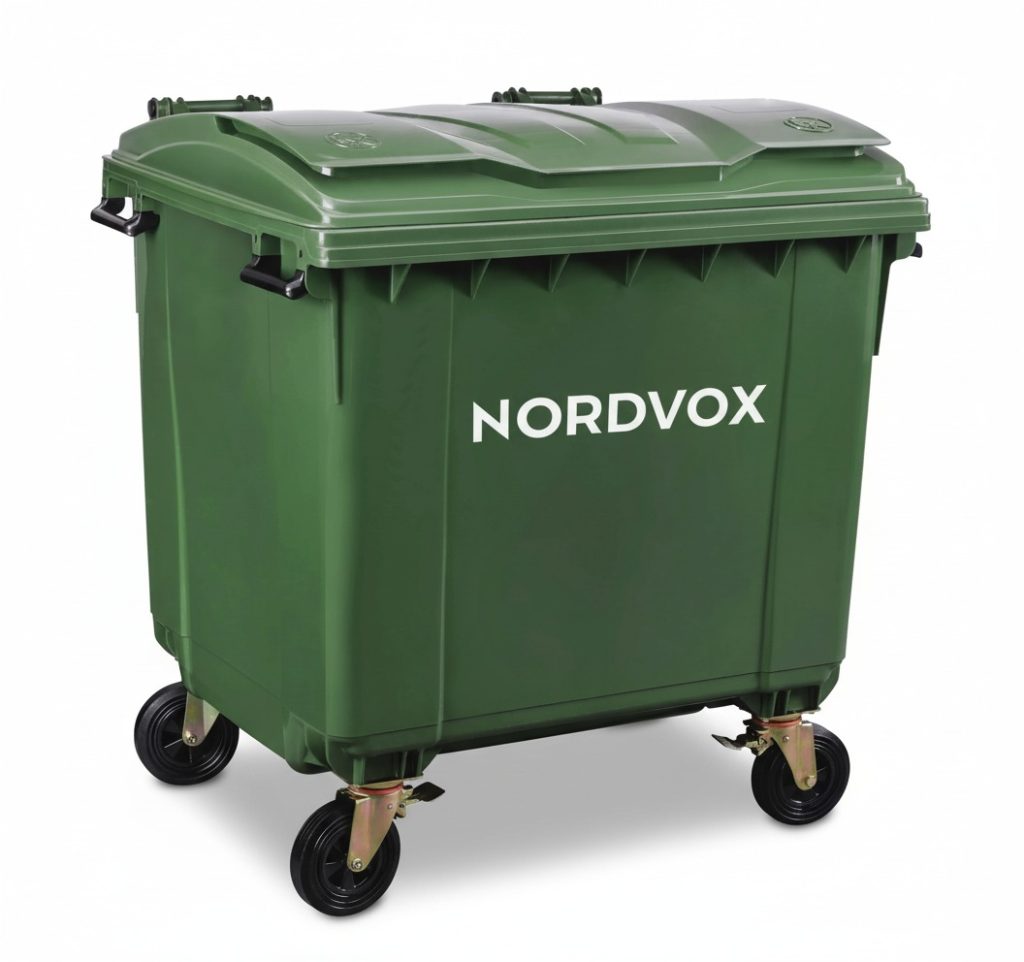
The largest common model, the 1100L bin is designed for high-waste environments like restaurants, shops, or large offices. It can hold about 18 bags, measuring around 1400mm height x 1260mm width x 1000mm depth. With four wheels for easy maneuvering, it’s perfect for bulk disposal and often includes lockable options. This size helps reduce collection costs for businesses,
Less Common Wheelie Bin Models
While not as ubiquitous, these sizes fill niche gaps for specific needs, such as very small spaces or transitional capacities.
80L Wheelie Bin

The 80L model is a smaller, less common option ideal for single occupants, tiny apartments, or indoor use like garages. It holds 1-2 bags and has compact design. Often used for recycling or clinical waste in small settings, it’s lightweight and affordable
100L Wheelie Bin
Slightly larger than the 80L, the 100L wheelie bin bridges the gap for modest waste needs. Dimensions are typically 900mm height x 440mm width x 590mm depth, holding 2 bags. It’s suitable for small commercial premises or as a supplementary bin for segregated waste.
360L Wheelie Bin
The 360L model offers a middle-ground capacity for small commercial or large residential use. It holds 6-8 bags, with dimensions of 1095mm height x 625mm width x 850mm depth. Great for families or small businesses, it’s less common but useful for areas with fortnightly collections.
Wheelie Bin Size Comparison
To help you decide, here’s a quick comparison table of key models:
| Model | Capacity (Bags) | Dimensions (H x W x D) | Wheels | Typical Use | |
|---|---|---|---|---|---|
| 80L | 1-2 | 800mm x 470mm x 550mm | 2 | Small apartments, recycling | |
| 100L | 2 | 900mm x 440mm x 590mm | 2 | Small premises, supplementary | |
| 120L | 2-3 | 940mm x 470mm x 550mm | 2 | 1-2 person homes | |
| 240L | 4-5 | 1000mm x 590mm x 740mm | 2 | Family homes, small offices | |
| 360L | 6-8 | 1140mm x 720mm x 870mm | 2 | Large homes, small commercial | |
| 660L | 10-12 | 1235mm x 1300mm x 740mm | 4 | Medium businesses | |
| 1100L | 18 | 1330mm x 1250mm x 1030mm | 4 | Large commercial |
This table is based on average specs from industry sources.
How to Choose the Right Wheelie Bin
Selecting a wheelie bin involves considering your waste output, space availability, collection frequency, and local regulations. For households, check your council’s standard size to ensure compatibility. Businesses should factor in waste type (e.g., food vs. recycling) and opt for lockable models if security is a concern. If unsure, go slightly larger to avoid overflow—it’s easier to downsize later.
Key tips:
- Measure your storage area.
- Consider wheel count: 2 for light use, 4 for heavy.
- Look for UV-resistant materials for longevity.
- Budget for extras like lids or custom colors.
Maintenance and Care for Your Wheelie Bin
To extend the life of your wheelie bin:
- Clean regularly with mild soap and water to prevent odors.
- Avoid overloading to prevent wheel damage.
- Store in shaded areas to minimize fading.
- Inspect wheels and lids annually for wear.
Proper maintenance ensures your bin remains functional for 10+ years.
Conclusion
Wheelie bins are more than just containers—they’re key to effective waste management. From the compact 120L for everyday home use to the robust 1100L for commercial demands, and niche sizes like the 80L or 360L, there’s a model for every need. By understanding sizes and features, you can make an informed choice that supports sustainability and convenience in 2025.
FAQs
What is the most common wheelie bin size?
The 120L is the most standard for households, holding 4-5 bags.
Are wheelie bins recyclable?
Yes, most HDPE bins are fully recyclable at the end of their life.
Can I use a 660L bin for residential purposes?
While possible, it’s oversized for most homes; check local rules.
Where can I buy wheelie bins?
Get in touch with us directly via WhatsApp or call us
How do I know if a bin is compatible with my collection service?
Contact your local council or provider for specifications.

